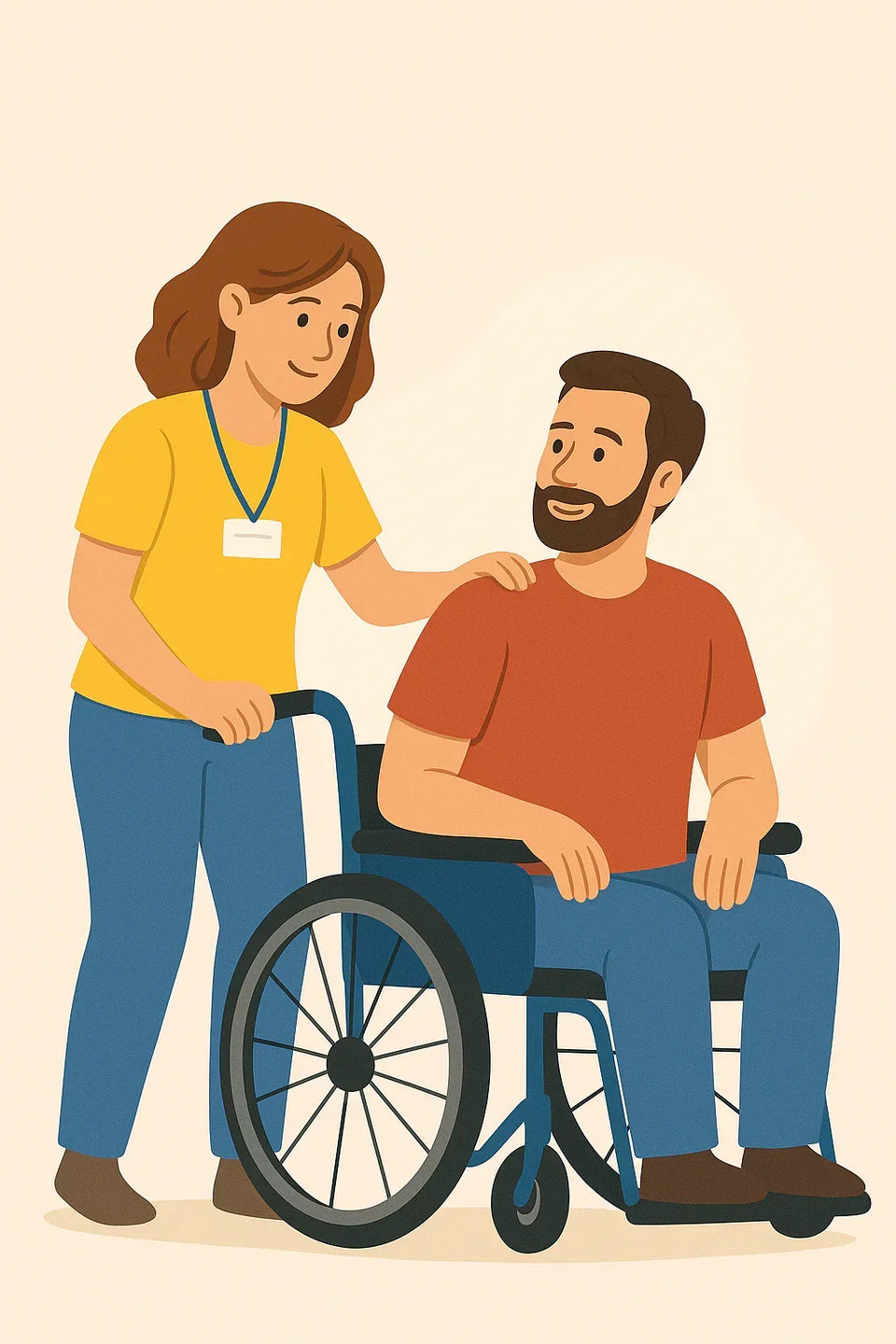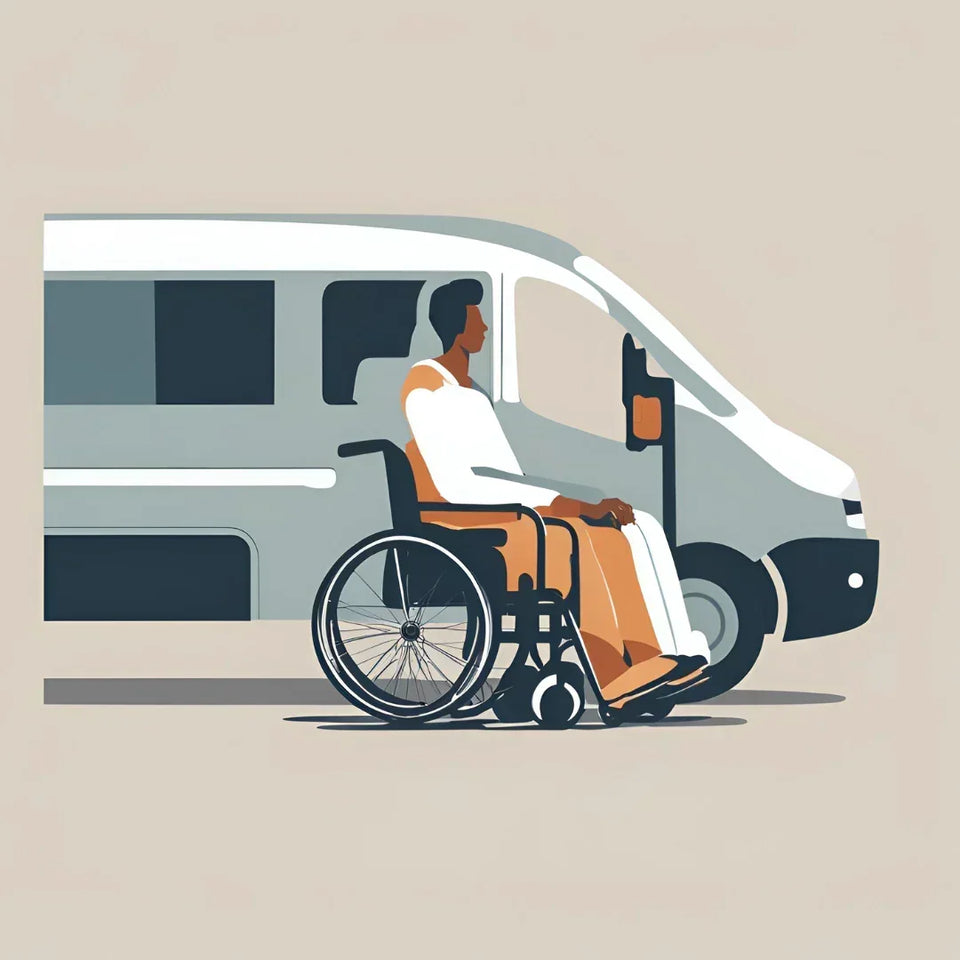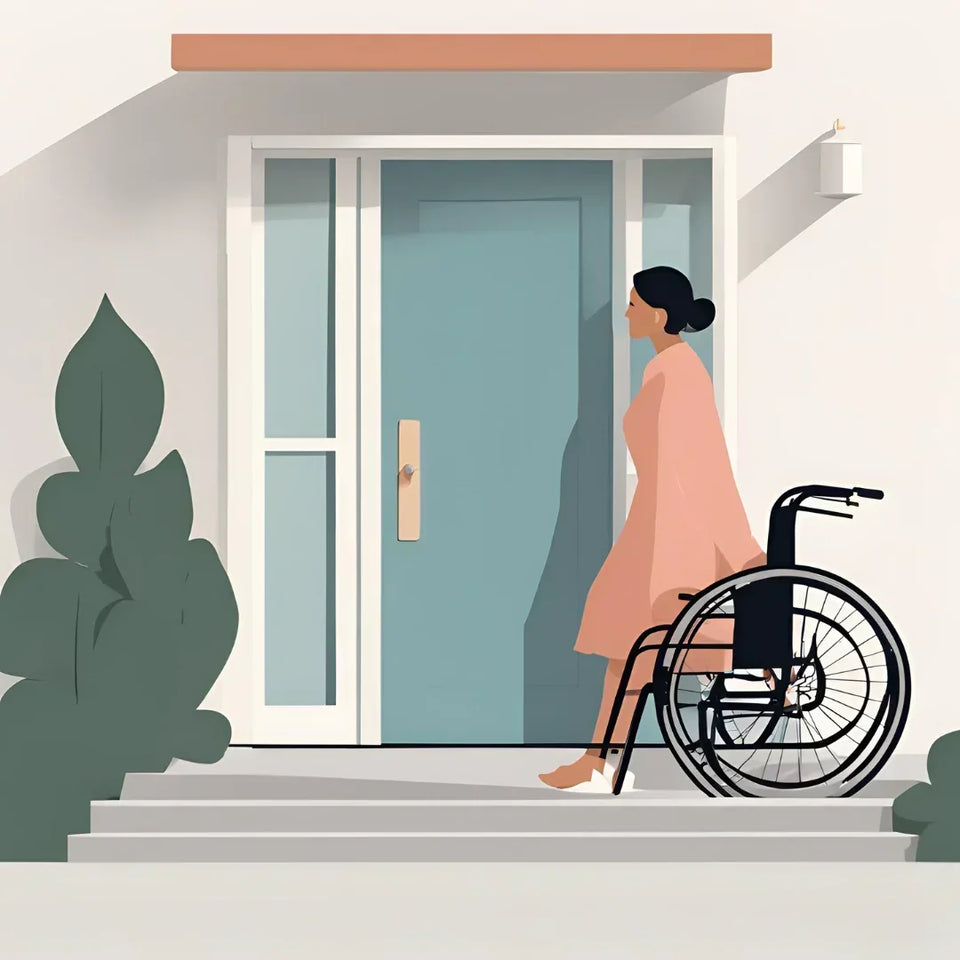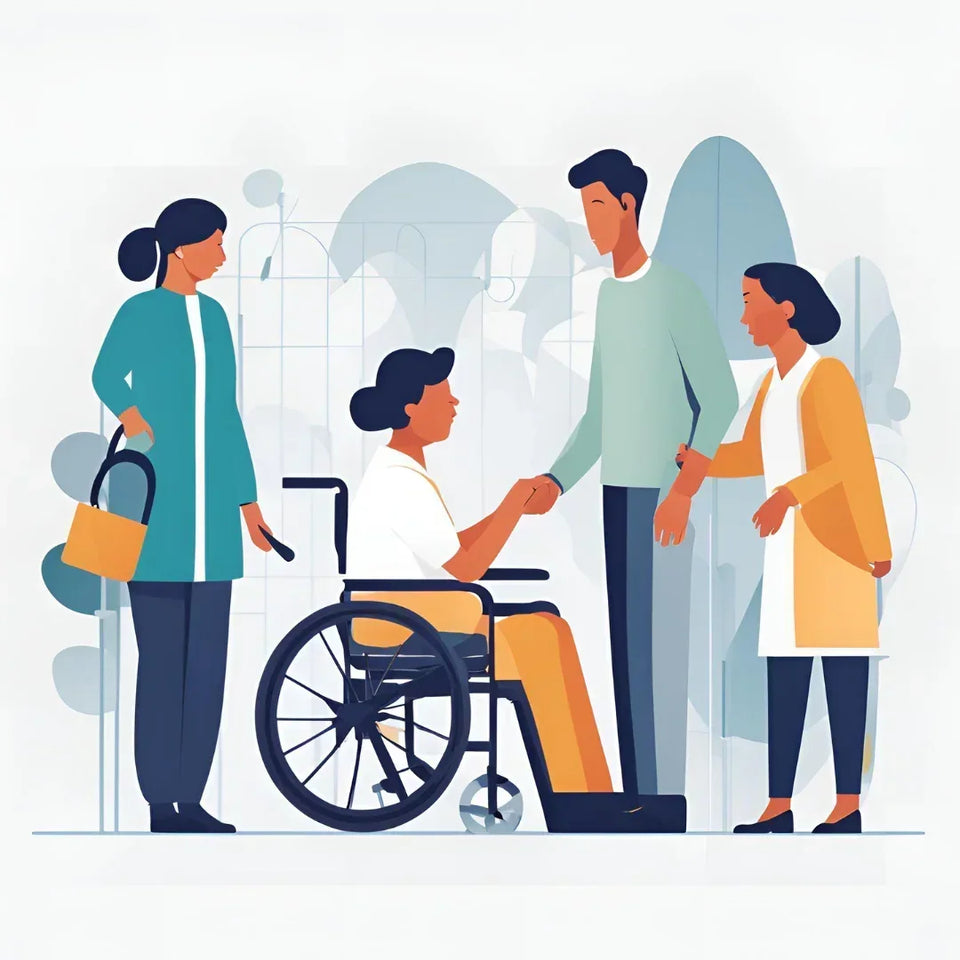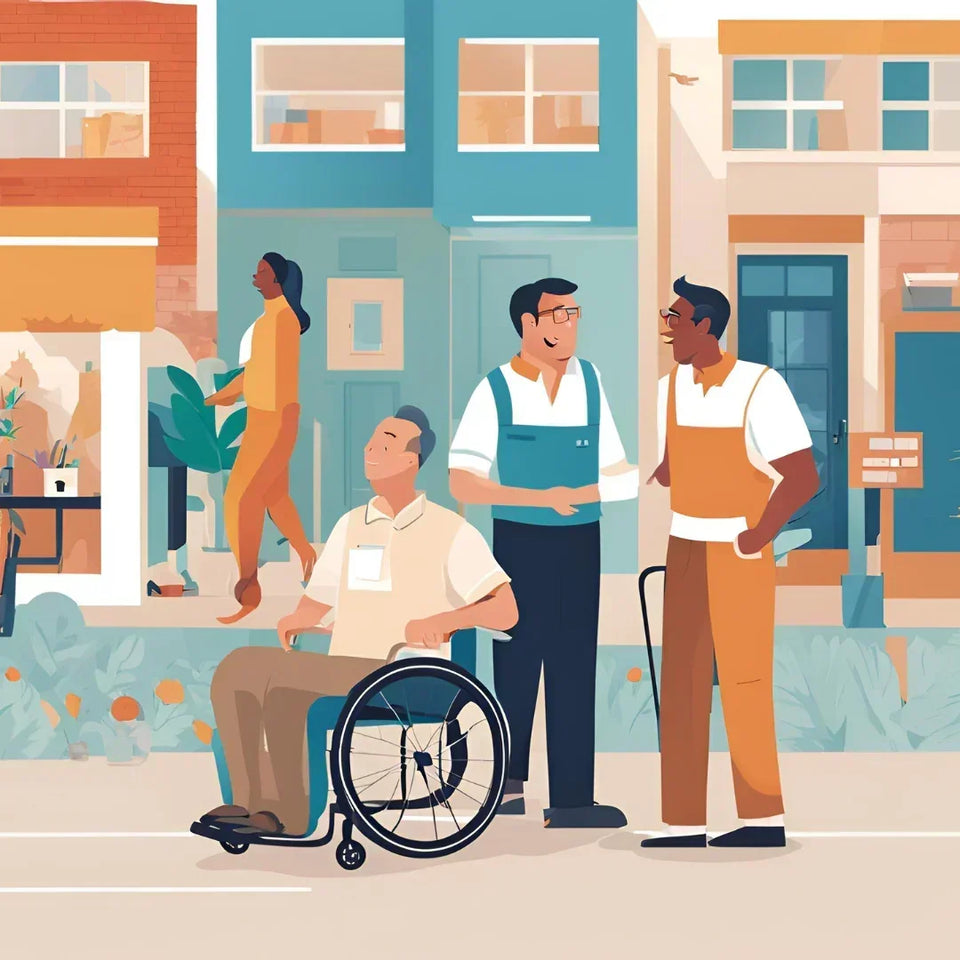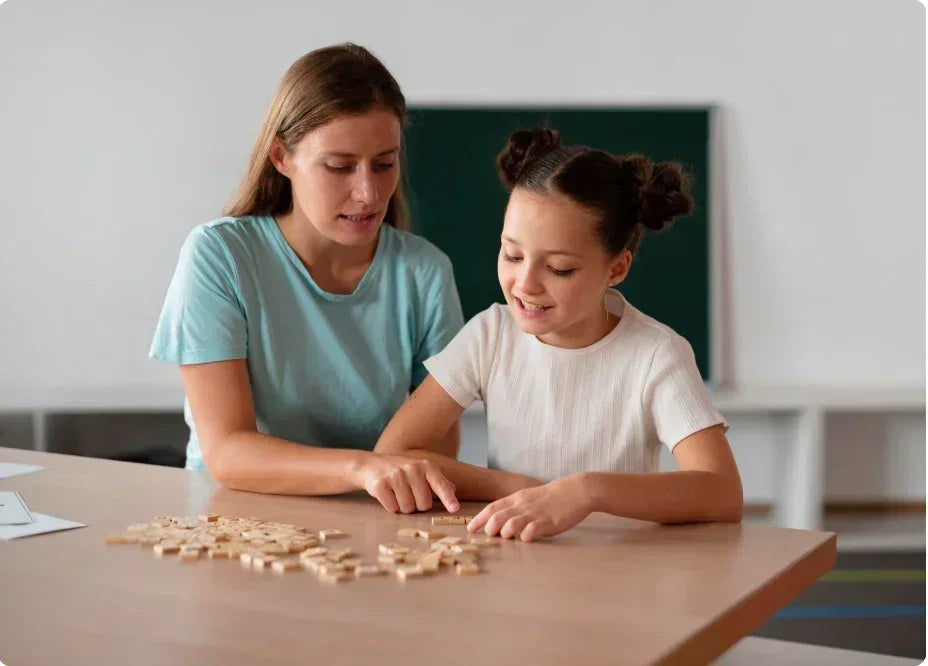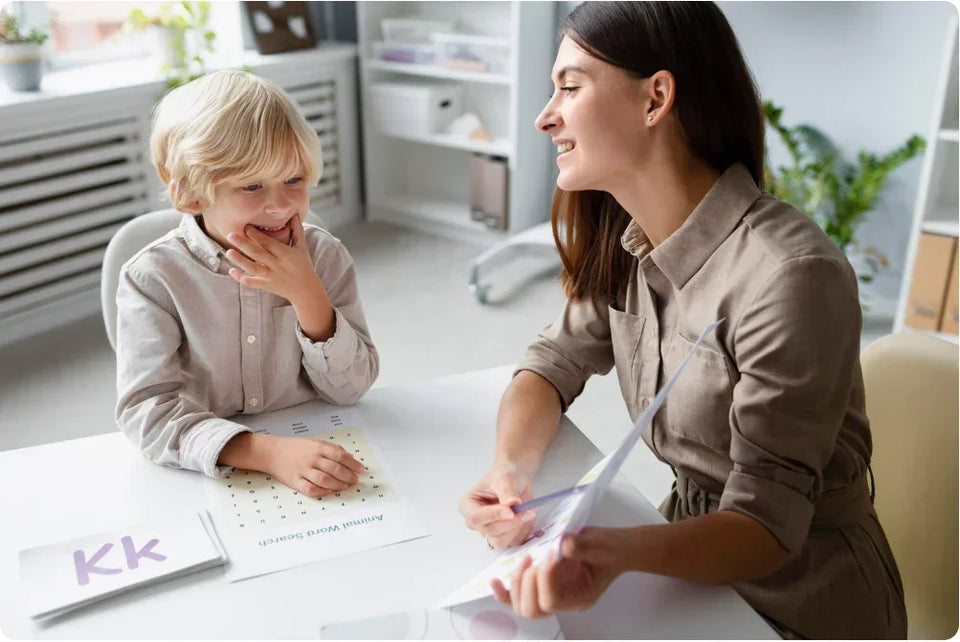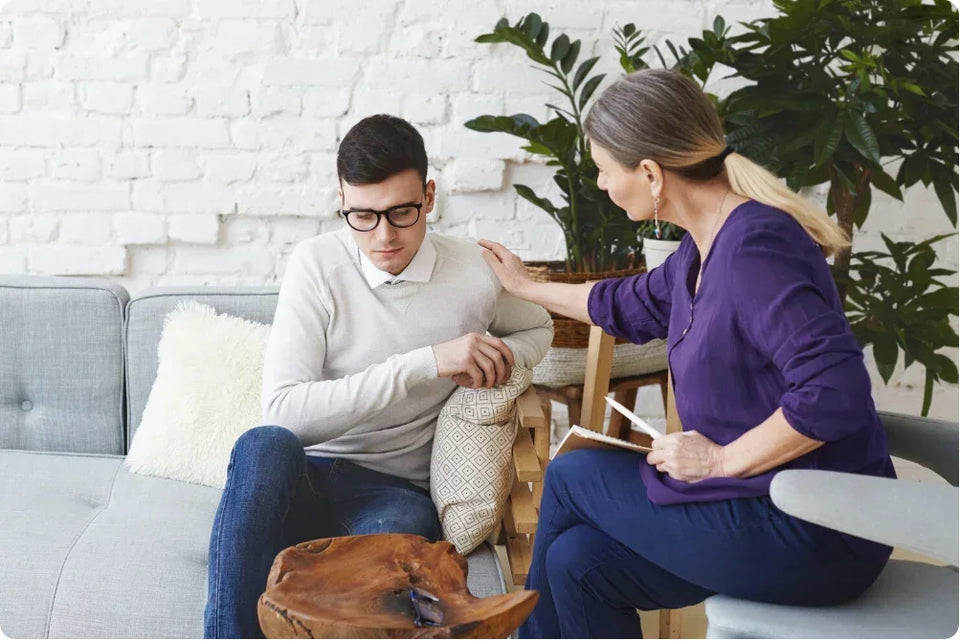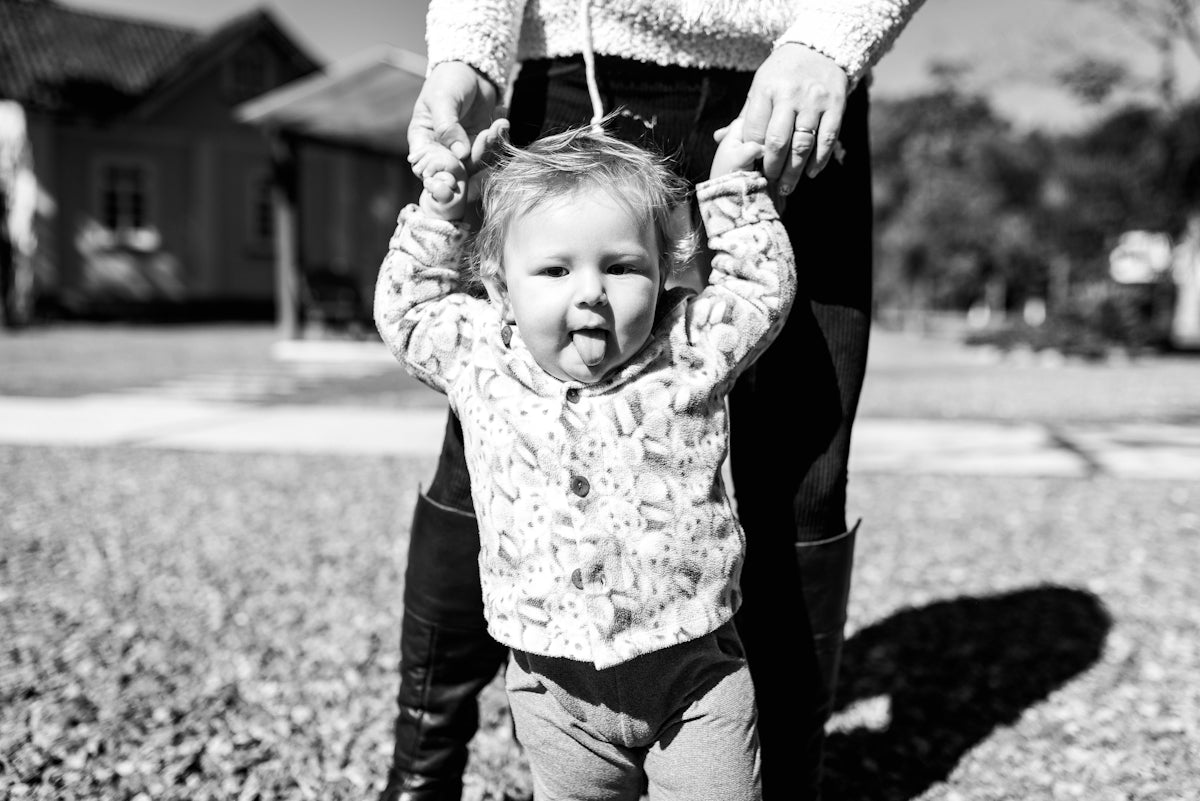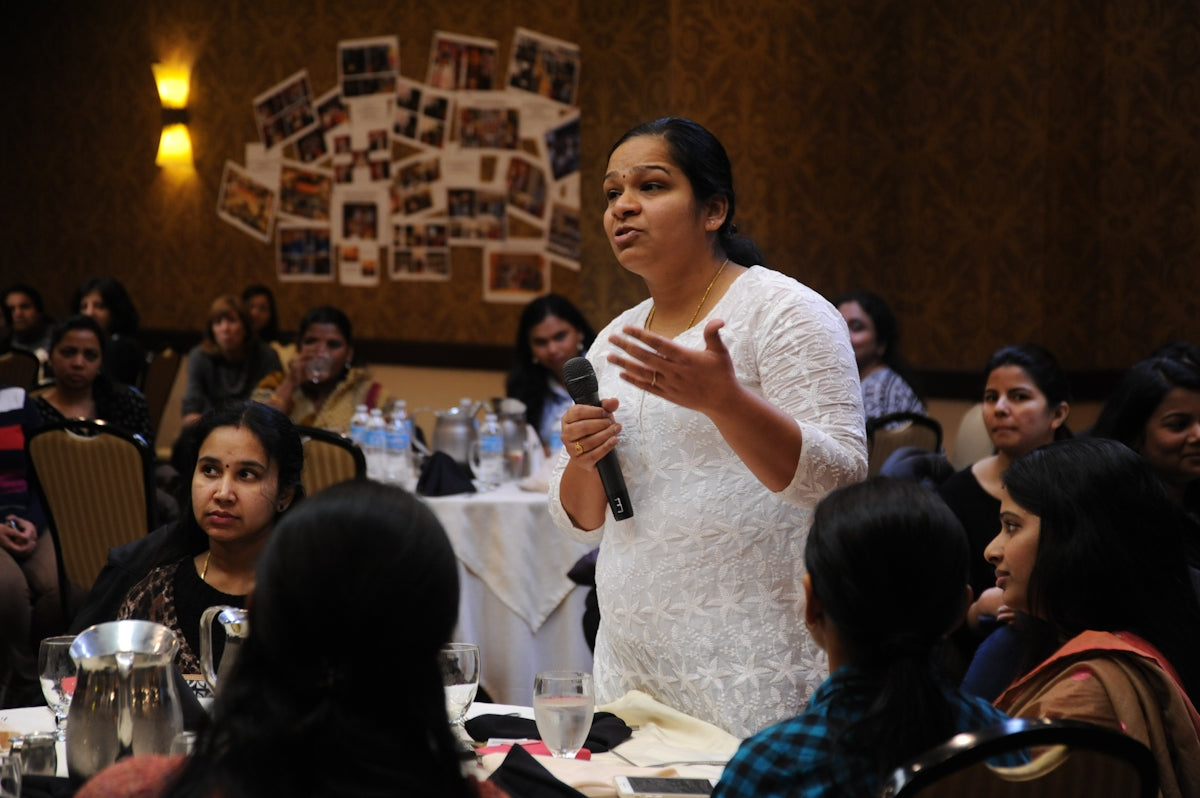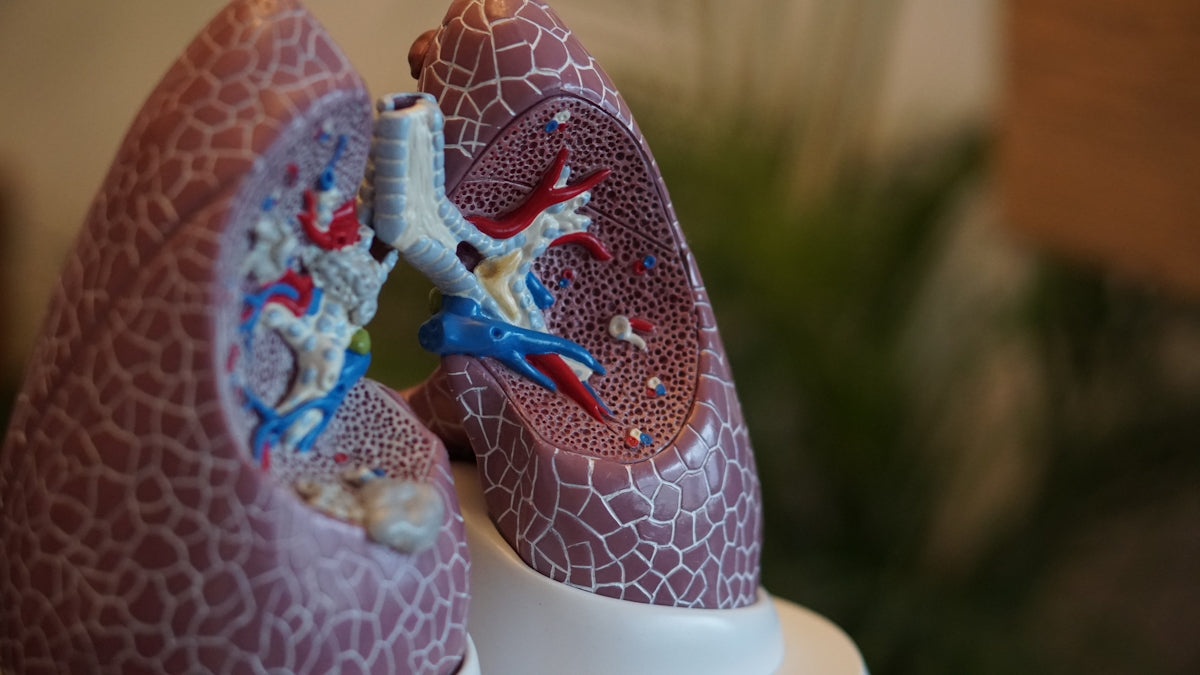
Empowering Independence: How Caregivers Can Encourage Exercise and Physical Well-Being
Share
As a caregiver, you play a vital role in supporting the physical and emotional well-being of those in your care. One of the most important aspects of this responsibility is encouraging regular exercise and physical activity. Whether you're caring for a loved one with a disability or an aging individual, incorporating physical fitness into their daily routine can have a profound impact on their overall quality of life.
The Importance of Exercise for Individuals with Disabilities and the Elderly
Regular physical activity offers a multitude of benefits for individuals with disabilities and the elderly. It can help improve mobility, increase muscle strength, and enhance cardiovascular health. Additionally, exercise has been shown to reduce the risk of chronic conditions, such as heart disease, diabetes, and certain types of cancer. Perhaps most importantly, regular physical activity can boost mood, reduce stress and anxiety, and improve overall mental well-being.
For those with disabilities, exercise can also play a crucial role in maintaining independence and improving functional abilities. By strengthening muscles and improving coordination, individuals may be better able to perform daily tasks and participate in their communities. This, in turn, can lead to a greater sense of empowerment and self-confidence.
Similarly, for the elderly, regular exercise can help prevent falls, improve balance, and delay the onset of age-related conditions, such as osteoporosis and dementia. By encouraging physical activity, caregivers can help their loved ones maintain their independence and enjoy a higher quality of life for longer.
Overcoming Barriers to Exercise
Despite the numerous benefits of physical activity, many individuals with disabilities and the elderly face significant barriers to exercise. These can include physical limitations, lack of access to appropriate facilities or equipment, and concerns about safety or injury. As a caregiver, it's important to be aware of these challenges and work to find creative solutions.
One of the first steps is to assess the individual's current physical abilities and limitations. This will help you develop a tailored exercise plan that takes into account their specific needs and capabilities. It's also important to consult with healthcare professionals, such as physical therapists or occupational therapists, who can provide guidance and recommendations.
Another key consideration is the accessibility of exercise facilities and equipment. Many gyms and fitness centers may not be equipped to accommodate individuals with disabilities or mobility issues. As a caregiver, you may need to research and identify specialized facilities or in-home exercise options that are better suited to your loved one's needs.
Safety is also a critical concern when it comes to exercise for individuals with disabilities and the elderly. Caregivers should ensure that the exercise environment is free of hazards and that the individual is properly supported and supervised during physical activity. This may involve the use of assistive devices, such as walkers or wheelchairs, or the presence of a trained exercise professional.
Developing an Effective Exercise Plan
Once you've addressed the barriers to exercise, the next step is to develop a comprehensive plan that incorporates physical activity into your loved one's daily routine. This plan should be tailored to their individual needs, preferences, and goals, and should include a variety of activities to keep them engaged and motivated.
One effective approach is to incorporate a mix of aerobic, strength-training, and flexibility exercises. Aerobic activities, such as walking, swimming, or cycling, can improve cardiovascular health and endurance. Strength-training exercises, such as resistance band workouts or weight-bearing activities, can help maintain muscle mass and bone density. Flexibility exercises, such as stretching or yoga, can improve range of motion and reduce the risk of injury.
It's also important to consider the individual's interests and preferences when designing an exercise plan. Some may enjoy group activities, such as dance classes or team sports, while others may prefer more solitary pursuits, such as gardening or tai chi. By incorporating activities that the individual finds enjoyable and engaging, you can help ensure that they stick with their exercise routine.
Another key aspect of an effective exercise plan is to set realistic goals and track progress. This can help the individual stay motivated and celebrate their achievements, no matter how small. Caregivers should work closely with their loved ones to set achievable goals and regularly review and adjust the plan as needed.
Providing Ongoing Support and Encouragement
Encouraging regular exercise is not a one-time task; it requires ongoing support and encouragement from caregivers. This can involve a variety of strategies, such as:
- Scheduling regular exercise sessions and incorporating them into the daily routine
- Providing reminders and prompts to help the individual stay on track
- Offering praise and positive reinforcement for their efforts
- Participating in physical activities together to make it a shared experience
- Connecting the individual with exercise-focused support groups or communities
- Regularly reviewing and adjusting the exercise plan to keep it engaging and effective
By providing this level of support and encouragement, caregivers can help their loved ones develop a sustainable exercise routine that becomes an integral part of their daily lives. This, in turn, can lead to improved physical and mental well-being, increased independence, and a greater sense of empowerment.
Conclusion
Encouraging exercise and physical well-being is a crucial aspect of caregiving for individuals with disabilities and the elderly. By addressing the barriers to exercise, developing tailored plans, and providing ongoing support, caregivers can help their loved ones enjoy the numerous benefits of regular physical activity. Through this holistic approach, caregivers can empower their loved ones to maintain their independence, improve their quality of life, and ultimately, live their best lives.


